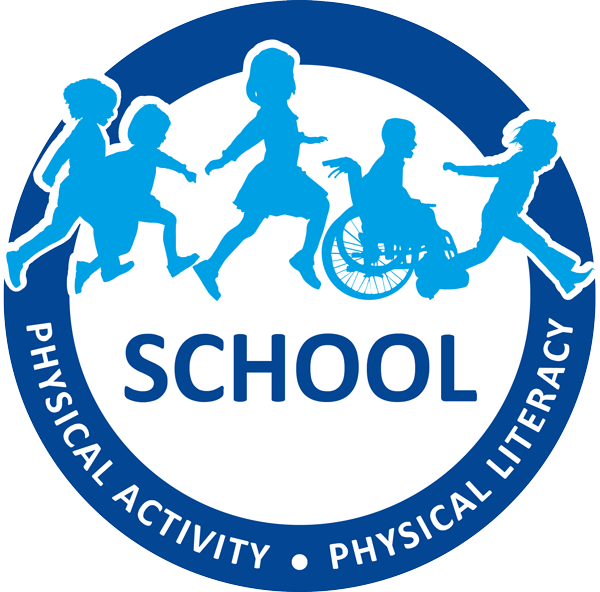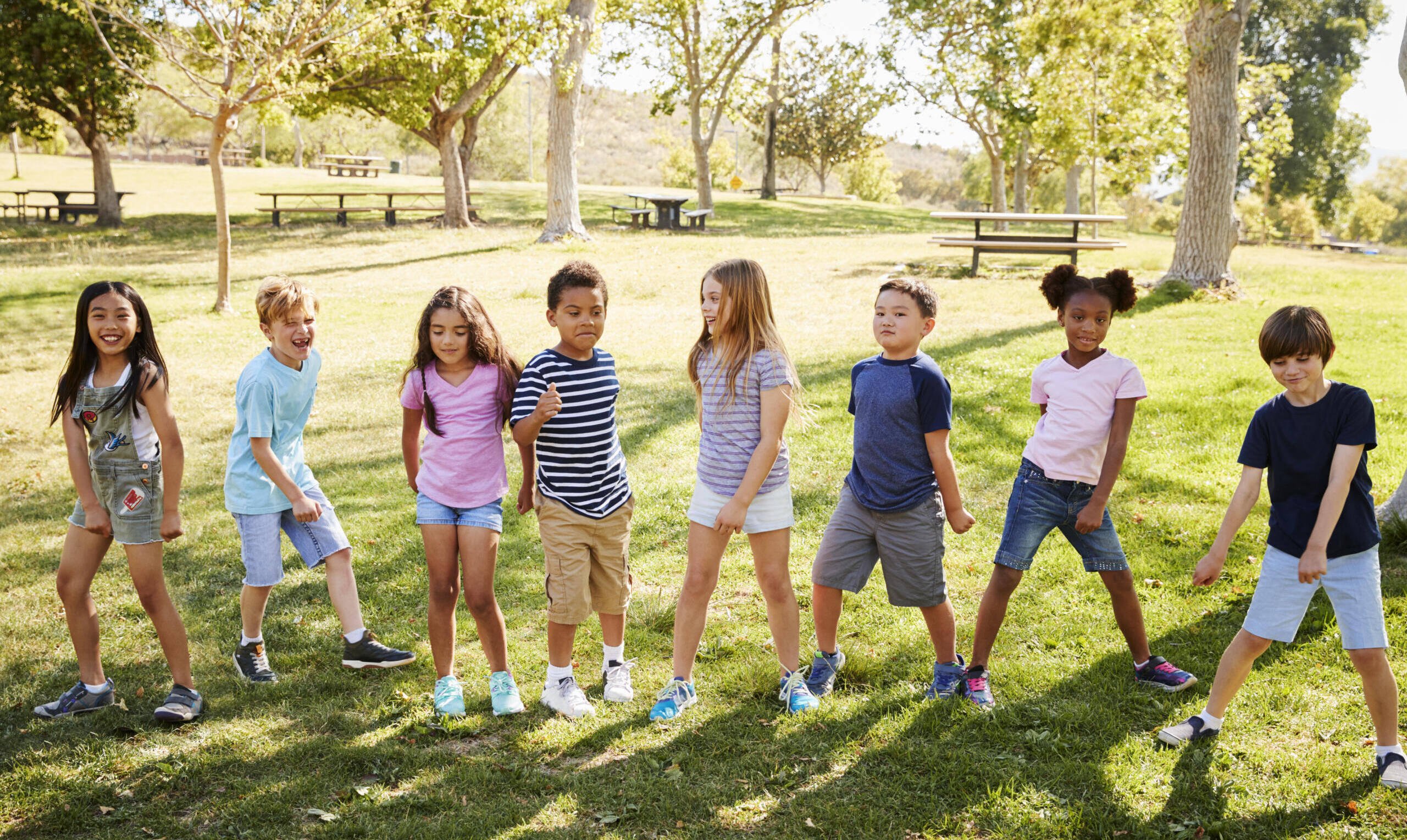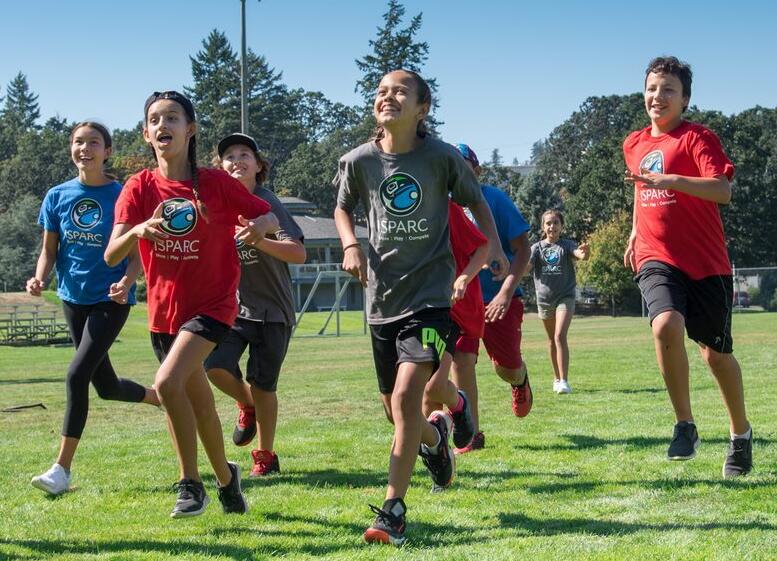Predisposition to specific physical activities may vary among children, but it is essential to understand that predisposition is not destiny. Instead, it serves as a guide to help us offer a diverse range of opportunities that cater to the individual needs of our students.
In this blog post, we will explore actionable steps teachers can take to foster physical activity and promote a lifelong love for movement and health in their elementary school students.
Embrace Diversity in Physical Education
Incorporate various physical activities in the curriculum to cater to students’ diverse interests and capabilities. Traditional sports are essential, but don’t shy away from introducing lesser-known sports or those from different cultures. This approach not only encourages inclusivity but also opens doors for students who might excel in non-mainstream activities.
Foster Exploration Through Intramurals and Informal Competitions
Beyond formal PE classes, organize intramurals and informal competitions that allow students to explore and develop their interests further. Create opportunities for students to participate in various activities and discover their strengths and passions.
Encourage Play and Experimentation
Recess and free-play are vital components of a child’s day, offering unstructured time to explore physical movement. Provide novel equipment and a safe space for students to experiment with different activities and develop their skills.
Distributed Practice for Skill Development
When teaching physical skills, consider employing distributed practice instead of mass practice. Distributed practice involves revisiting skills on different occasions, allowing the brain to consolidate learning over time. This approach is more effective for young learners and those with less motivation for physical activities.
Provide Constructive Feedback
Correcting errors is an integral part of helping students improve their physical skills. Offer constructive feedback promptly after mistakes, focusing on specific adjustments to enhance their performance.
In conclusion, every child is unique, and their predisposition to physical activities varies. By embracing inclusivity, fostering exploration, and using effective teaching strategies, we can nurture a lifelong love for movement and health in our elementary school students.
For more on predispositions, and how to support your students’ varied abilities and interests, check out our Predispositions resource. Looking for activities to try with your students’? Register for PLAYBuilder — it’s free to B.C. educators!
Here are some further resources to check out as well:


